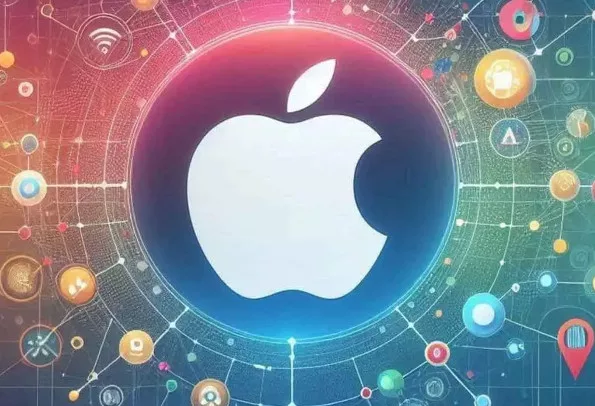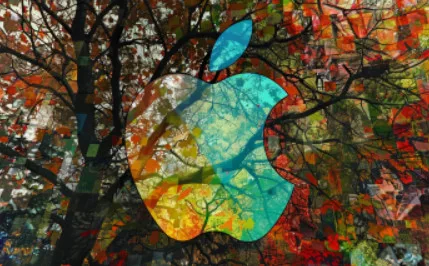Apple unveiled OpenELM last week, a set of open-source large language models specifically designed to run on the device with no need for off-device inference on cloud servers. These models are made available on the Hugging Face Hub, a website where developers share their AI resources and work together on projects.

More About Apple’s OpenELM
Apple’s achievement, detailed in an extensive whitepaper, includes eight OpenELM models, including four pre trained with Apple’s CoreNet library and the other four models fine-tuned for various missions. Apple’s method of layer-wise scaling targets an equilibrium of performance and power consumption to perform any sort of language job.

What makes the Apple-funded project special is the emphasis on transparency and dynamics. In contrast to the final models, Apple shared all infrastructure logs and the code used to create core training data, as well as version information. The company’s motivation to keep the natural language AI field in check and make it more trustworthy is to ensure that the scientific community learns how to prove or disprove training quality and unrelated bias.
Through these novel large language models, Apple seeks to benefit researchers and developers equally. Copies of the scale language need substantial inspections and scrutiny to determine risks, prejudice, and vulnerabilities present in the data but also serve as a starting point for experiments, enterprises bridging, and developing models.

Also, the open sharing of resources, as noted above, can serve as a strategic recruitment tool for Apple to use. Apple could invite researchers to publish their work openly, and the company’s reputation and achievements in AI research and development would attract top talent.
Overall, anticipation for integrating a release of AI capabilities in its devices continues to grow, with the rumored development of new AI features integrated into iOS 18 highly expected. The former company could use the on-device deployment of its LLMs to ensure user privacy, moving the AI home over the next several years.








